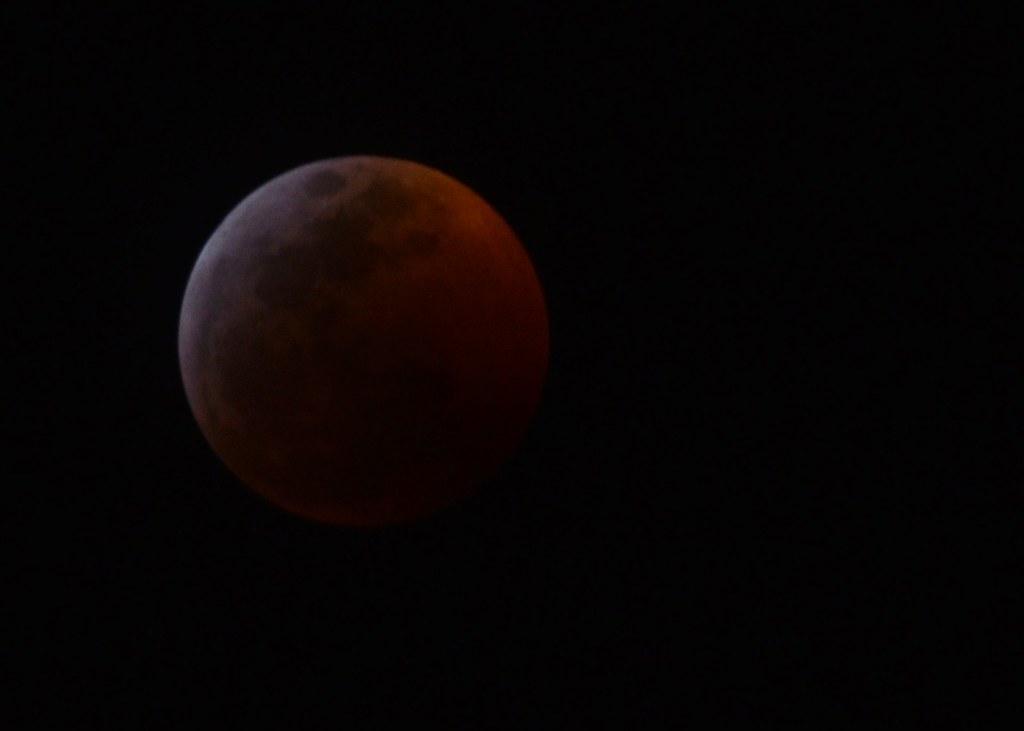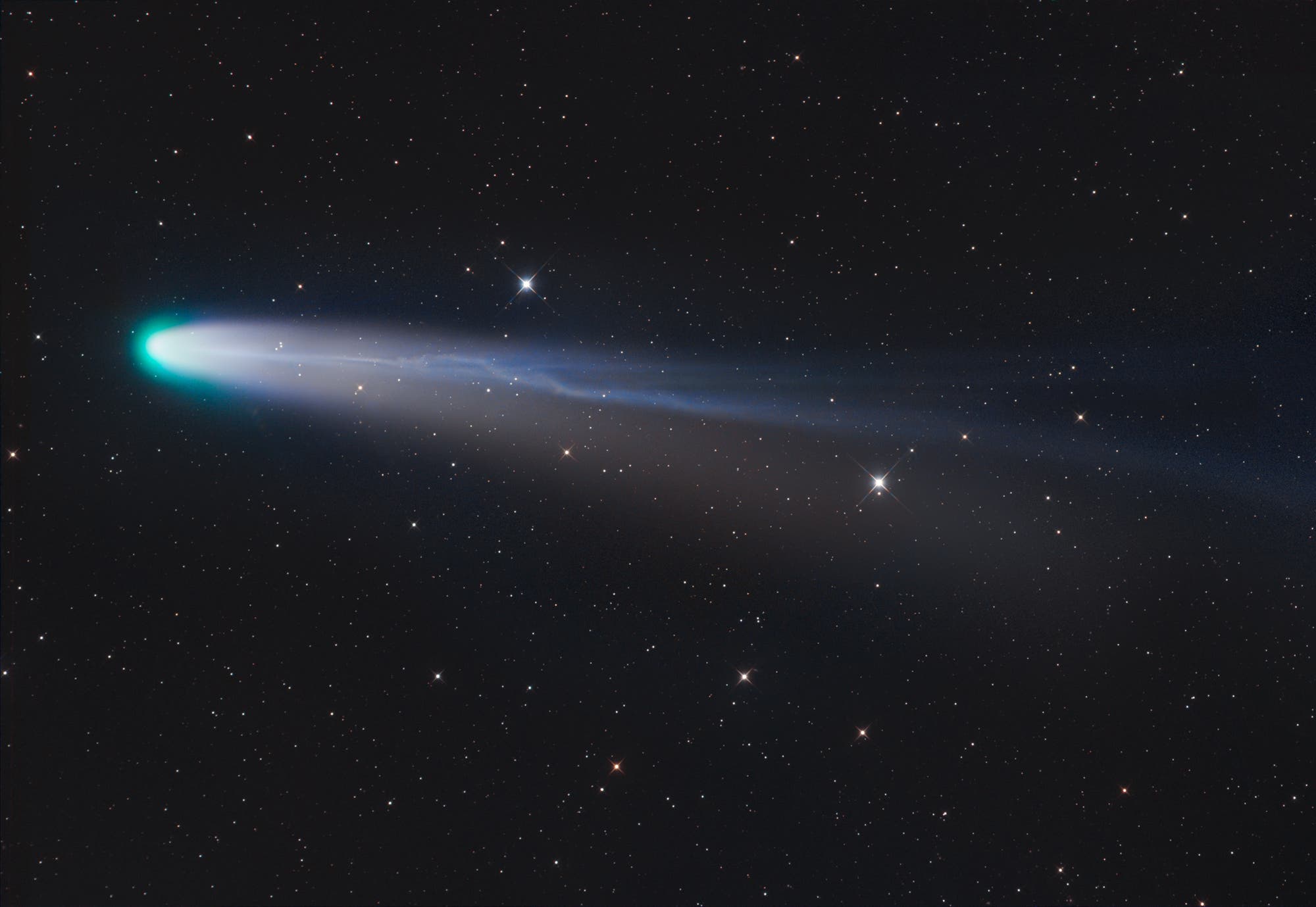
Introduction
The Blood Moon is a captivating astronomical event that occurs when the Earth comes directly between the Sun and the Moon, resulting in the Moon taking on a reddish hue. This phenomenon, often associated with lunar eclipses, has intrigued humanity for centuries, sparking various cultural interpretations and scientific inquiries. As interest in astronomy grows, understanding the Blood Moon’s importance and relevance remains significant for both enthusiasts and the general public.
What Causes a Blood Moon?
A Blood Moon occurs during a total lunar eclipse when the Earth’s shadow completely covers the Moon. While the Moon is in the shadow, sunlight passes through the Earth’s atmosphere, which scatters shorter blue wavelengths of light, allowing longer red wavelengths to reach the Moon. This scattering effect gives the Moon its characteristic copper-red colour. Such eclipses happen when there is a full moon, and the alignment must be nearly perfect for the event to occur.
Recent Events and Observations
On November 8, 2022, a notable Blood Moon captured the attention of sky-gazers around the globe. This specific event was marked as the last total lunar eclipse until 2025, making it particularly significant for both astronomers and astronomy enthusiasts. The entirety of the eclipse lasted for approximately six hours, with the red phase observable for about 85 minutes. During this event, many cities across the UK facilitated viewing parties, providing telescopes and expert guidance for those interested in observing the celestial spectacle.
Additionally, the recent lunar eclipse of May 15-16 in 2022 was another fantastic display celebrated worldwide. For many, these occasions served to promote interest in astronomy and foster a sense of community amongst those who share a passion for the night sky.
Cultural and Historical Significance
Beyond the scientific explanation, the Blood Moon has been cloaked in myth and significance throughout history. Different cultures have interpreted the reddish hue in varying ways; for some, it was seen as an omen, while others regarded it as a powerful symbol of transformation or change. In contemporary society, the Blood Moon often inspires fascination among amateur astronomers and photographers alike, offering an opportunity for education and storytelling about the universe.
Conclusion
The Blood Moon represents not just a remarkable celestial event but also a bridge between science, culture, and the natural world. With future lunar eclipses approaching, it is likely that this phenomenon will continue to capture the imagination and curiosity of people worldwide. As interest in astronomy grows, opportunities for engagement in stargazing and scientific understanding are more crucial than ever. Upcoming events promise to provide more chances for exploration of our universe, reminding us of the wonders that lie beyond our atmosphere.
You may also like

Exploring the Latest Strange Object in Our Solar System

NASA Discovers Earth’s Two Moons: A Cosmic Unexpectedness
